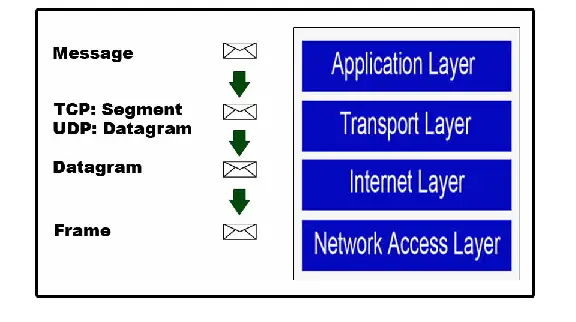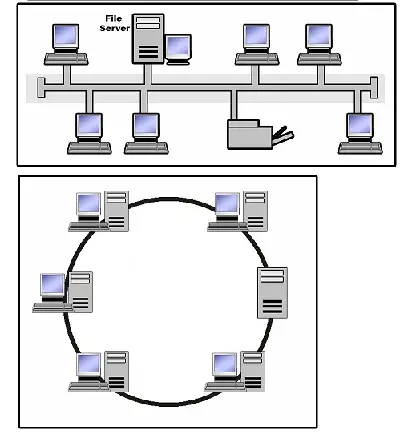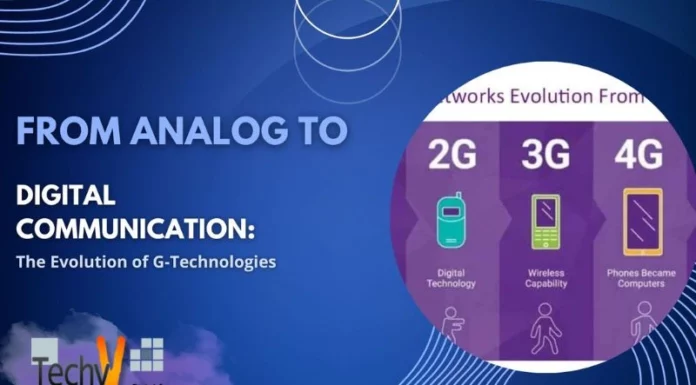Overview on Internet Protocols and How it Works
The (IP) Internet Protocol is a protocol or method wherein data is sent and received from one computer going to another over the Internet. Each host or computer on the Internet have one IP address at the minimum that is unique, it identifies it from the other hosts or computers over the Internet.
When you receive or send data, like e-mail notes or Web pages, the message splits into smaller parts called packets. These packets contain the sender’s address and also the receiver’s Internet address. Packets sent will go first to the gateway computer which reads and understands a small portion of the Internet. Gateway computers then read the details of the destination address and then forward it to another adjacent gateway which in return read the address of the destination. This process is repeated until one gateway locates and recognizes the packet with the same address domain. The said gateway then sends the packet to the computer with the said address directly.
And because these messages are divided into smaller packets, each packet can be sent in different routes over the Internet. Packets sometimes arrive in different orders than the order that they were sent. Basically the Internet Protocol is the delivery of these data or packets. Then it’s up to another process or protocol, which is the (TCP) Transmission Control Protocol to correct and file them in the right order.
The IP on the other hand has no connection protocol, meaning that there’s no continuing connections in between the points are transmitted. Each traveling packet over the Internet is considered a single unit of data with no or any connection to other units of data. This is because the packets are not in the right sequence yet in a message until they reach the TCP.
The most popular and widely used versions of IP’s today are the Internet Protocol Version 4 (IPv4). But the IP Version 6 (IPv6) is beginning its way to be preferred. This is because IPv6 provides much longer strings of addresses and therefore the possibility of much more Internet users. The IPv6 includes have the same capabilities as of the IPv4 and can support both protocols.
Brief History
Initially developed only as a part of a research network, the TCP/IP protocol was developed in the (DARPA or ARPA) United States Defense Advanced Research Projects Agency. This fledgling network also called the ARPAnet at that time was designed to process a number of different protocols based from existing technologies. The only problem is that they all had some flaws or limitations, may it be in concept or just in practical matters like capacity, when they were used in the ARPAnet. Developers of the said network realized that using and basing on these existing protocols may eventually lead to more problems because the ARPAnet is scaled to a bigger size and was adapted for new uses and applications.
It was in 1973 when development of the full-fledged protocol or system of internet working in the ARPAnet began. Many people don’t know that in original and early versions of said protocols or technology, there was one main or core protocol only, which is the TCP. These letters actually had a different meaning before with what they mean today. Actually what TCP stands for is, Transmission Control Program. Its very first version was made in 1973. Its very first version was made in 1973. It was then documented and revised in RFC 675 on December of 1974.
Model of TCP/IP
The TCP/IP’s model is the Internet reference model which is also referred to as ARPANET reference model or DoD (Department of Defense). Basically for a computer s network protocol design and also communication over the network, the said model uses abstraction which is based on layered systems of network architecture similar with an OSI model.
The topmost layers are called the Application Layer, this is where the protocols like HTTP, FTP, SSH, and SMTP, etc operates.
The next level which is level 2 is called the Transport Layer, where the protocols like the TCP exist. Examples of other Transport Layer Protocols are SCTP, GTP, DCCP, UDP, etc. On this layer enabling of open and constant connections ensures that message packets are received in a proper manner.
Level 3 is known as the Internet Layer. It defines the IP address of a system and the schemes of routing for navigating of the said packets from one unique IP address. Examples of these Internet Layer protocols are IGMP, IPv4, ICMP, IPv6, etc.
At level 4, the Network Access Layer defines all the low-level protocols which are used for communication and signaling. Some Low level protocols in the Network Access Layer are Frame Relay, FDI, GPRS, ATM, PPP, etc.
The lowest level which is the Physical Layer, it contains the equipment necessary in communication, like twisted pair cables and other equipment. It also contains system for signaling, like Ethernet, Routers, SONET/SDH, Modems, ISDN, etc.
As discussed, the TCP/IP model is separated into four different layers, below is a diagram of the said model.

The stack is divided by four separate layers and because each layer performs a certain task or role, data will go through the top layer first then to the bottom while it is being sent from one host/computer and to another. At the receiving end, all the data will be rebuilt from the lowest layer going to the top. Below is a view of an example of the process.

On each unique layer, a packet of data or information travels through addresses which is called the header. When the packet is rebuilt in the receiving end, headers will be read in the same way. Below is an example of a packet being sent, which is gaining header information with each step.
At the receiving end, the reverse of the process will be done. Headers would be omitted on each layer, and this will continue until the unique receiving packet is left alone.
With each unique layer in the TCP/IP model, it does unique tasks on separate layers, referring to data packages in each layer having different names. For example, the data package in the Application Layer is known as a message and the same data package over the Internet Layer is known as a datagram. Below is a diagram for a complete list of names of the different layers.
Take note that the Transport Layer could also have one of the two names, which is a segment or it may also be a datagram. If the said TCP protocol is used, it is referred as a segment. If UDP protocol is the one being used, it is referred to as a Datagram.
Data then travels through the Internet Layer and into the Network Access Layer. Here a frame will be created and once the data packet moves and leaves the said level, it is then converted into a bit stream of detailed electrical pulses, referred to as in the computing world as the famous 1’s and 0’s.


















